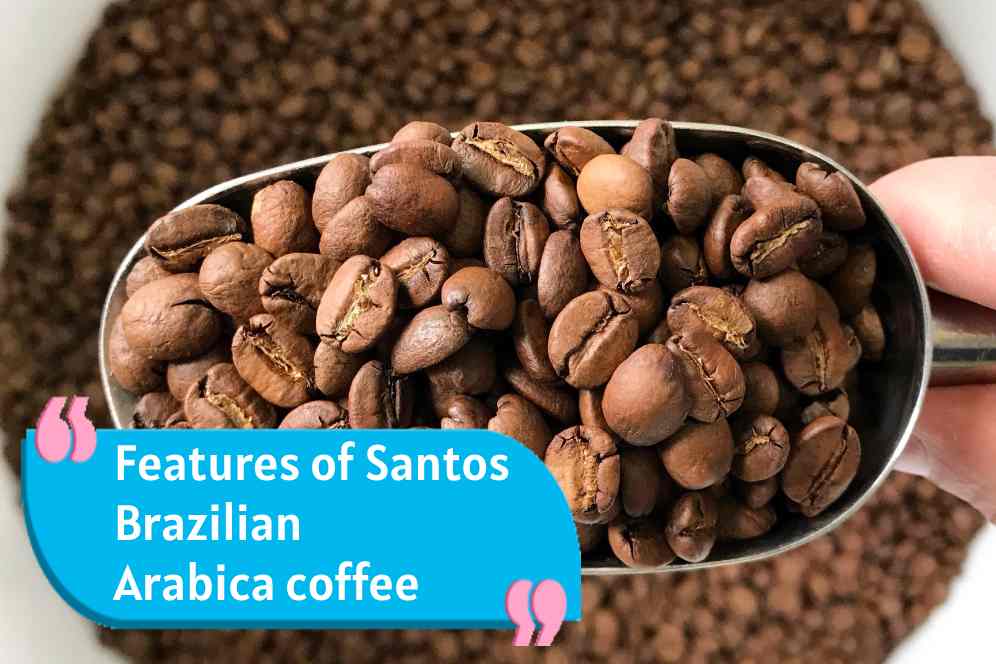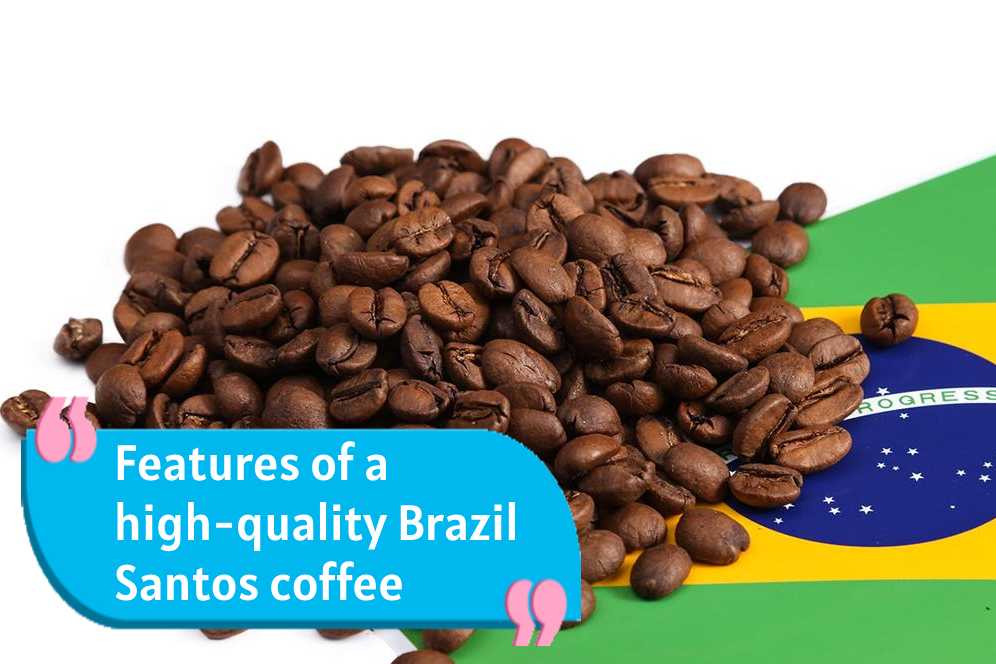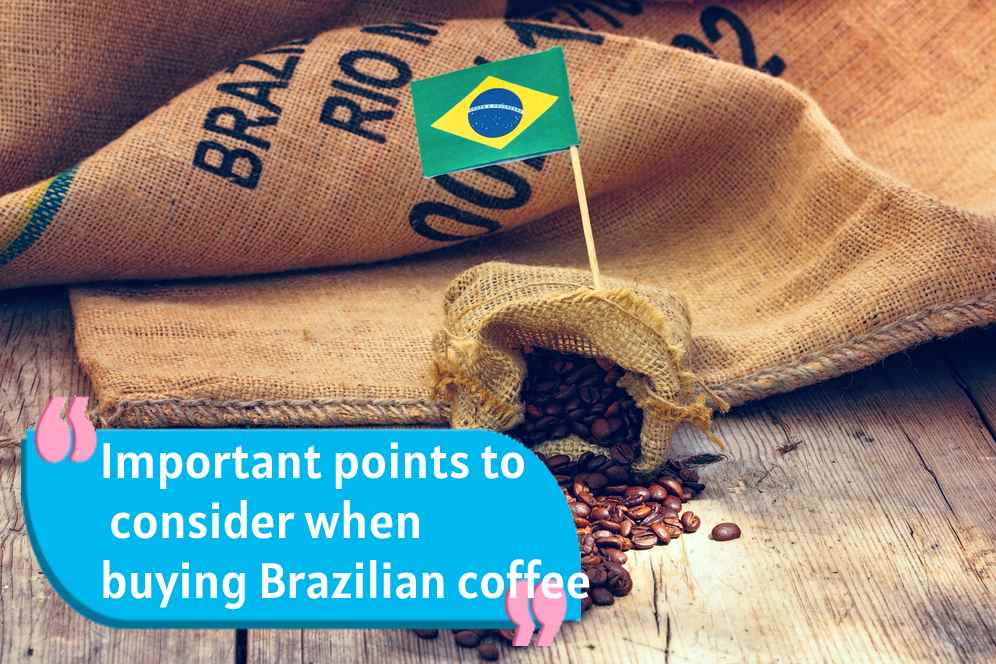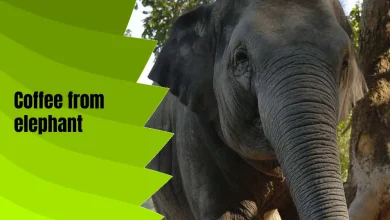Guide To Buying Popular Brazilian Coffee (History & Brewing Tips)
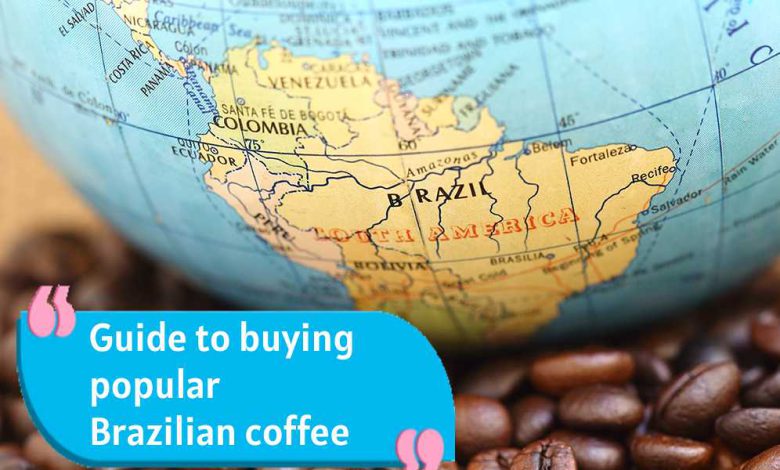
Brazilian Santos coffee is a subspecies of Arabica coffee that has high quality and is from the red bourbon breed. This coffee plant is cultivated in the Santos region of Brazil, and it has the highest yield and performance in a geographical location that is 1,300 meters above sea level.
Brazil is one of the most important coffee producers in the world. Studies have shown that Brazil provides a third of the world’s coffee production. Brazilian coffee beans are light and balanced. Santos is the word used by the Brazilian government before the 90s to control its markets.
The port of Santos was very large at that time and was a major trading post from which Brazilian coffee was exported. Brazil Santos coffee is very suitable for making espresso and French coffee.
Contents
- 1 Brazil, the Number One Coffee Producer
- 2 Brazilian Coffee – Cafézinho
- 3 Coffee in Brazil
- 4 Features of a high-quality Brazil Santos coffee
- 5 Features of Santos Brazilian Arabica coffee
- 6 Different brewing methods
- 7 The most important health benefits of Brazilian coffee
- 8 The Historical Economic Significance
Brazil, the Number One Coffee Producer
Brazil has been the world’s largest coffee producer for over 150 years. It’s no surprise – one out of every four coffee plants in the world grows in Brazilian soil. Thanks to its excellent climate conditions, coffee farms in Brazil can generate the highest profitability in their industry worldwide.
Brazilian coffee is famous for its Arabica beans. This variety constitutes about 77% of Brazil’s coffee production, far more renowned than Robusta beans. Coffee cultivation is a crucial economic factor for Brazil. Not only is the country the top coffee producer, but it also leads the world in coffee exports. Approximately 60% of annual export revenues are derived from coffee exports.
Brazilian Coffee – Cafézinho
Coffee culture in Brazil is renowned for its unique foods and coffee rituals. Brazilian coffee, known as ‘Cafezinho,’ holds a special place in this country and is an integral part of its hospitality culture. It is common here to invite guests for a ‘Cafezinho,’ and anyone invited is expected to spare a few minutes for their host.
Otherwise, the host might feel personally offended. Nevertheless, Cafézinho is a small, strong coffee served in tiny cups like espresso and consumed in a single ‘hot shot.’
Brazil, as the largest coffee-growing region and the world champion in coffee exports, is a giant among coffee-producing countries. With various growing regions, Brazilian coffee earns points with its diverse flavors. Cafézinho is an inseparable part of the coffee culture in the hospitable country of Brazil.
Coffee in Brazil
Brazil, the most populous country in Latin America, is the largest coffee producer in the world. Nearly one-third of the world’s coffee is grown here, covering almost a quarter of the planet’s coffee plantations. Four out of the total 15 billion coffee trees in this region are in the coastal areas of South America, alongside vast inland regions on the subcontinent.
Out of the 26 states in this country, coffee is cultivated in 17 states, with specific priorities. 98% of Brazil’s coffee is grown in only four regions: Parana, Minas Gerais, Sao Paulo, and Espirito Santo.
Half of the total production comes from the southern state of Parana. August and September are the primary coffee harvesting months across all growing regions of the country, with post-harvesting taking place in October and November.
These periods apply to both traditional cultivation and areas grown according to organic specifications. Nevertheless, Brazil is to a large extent the only country in the world where harvesting is done not only manually but also with machines. However, a prerequisite for using machines is large, flat-field farms.
Features of a high-quality Brazil Santos coffee
The coffee industry in Brazil has a significant scope and this product is produced in Brazil in a very large volume. Brazilian coffee is produced in different types with different rankings and classes, which are classified according to the size of the beans, color, taste, and quality level.
- it is sweet
- it is smooth
- It is thin and slightly acidic.
- It has a medium body and a mild taste.
- Its fragrance is extremely pleasant.
- It has cinnamon nuances.
Brewing tips: Brazilian coffees show their great flavor by brewing for 5 minutes or more.
Features of Santos Brazilian Arabica coffee
Brazilian coffee is mostly processed dry or organically in the regions of this country, which preserves the original taste of the coffee and preserves the sweetness of the fruit. Brazilian coffee is a type of classic and old Arabica coffee known as bourbon, which has a long history in Latin America.
Brazilian Santos coffee is not recommended for demi methods and lovers of coffees with fruity and overall aromas and high acidity due to the fact that it does not have high acidity. When grinding this coffee, the mild nutty aroma of Brazilian coffee is quite distinct. Coffee with mild acidity, balanced wind, and full of flavor.
Important points to consider when buying Brazilian coffee
If you are going to buy coffee, you should be very careful so that the beans are fully roasted and it is better to choose fresh coffee.
Another point that should be observed when buying coffee is to pay attention to its production date. It is better that about one to two weeks have passed since the production date of the coffee beans you want.
Tip: One of the simple ways to distinguish between fresh and old coffee is to note that fresh coffee has a mild taste.
Different brewing methods
Most of the time, espresso or other methods are used to brew this type of coffee.
The most important health benefits of Brazilian coffee
- This coffee is energizing.
- It increases a person’s level of alertness.
- Consuming this type of coffee makes you lose weight and burn extra fat.
- It is recommended to prevent type 2 diabetes.
- It will improve your physical performance.
- By consuming this coffee, you can significantly reduce the risk of Parkinson’s disease.
- In order to improve the symptoms of depression and mood, it is recommended to drink this coffee.
- liver health.
- In order to prevent cancer
- If you use it, you can significantly increase your life span.
- Finally, the incidence of stroke can be significantly reduced.
The Historical Economic Significance
Until the early 19th century, sugar cultivation was the primary basis of Brazil’s economy. However, during that time, there were approximately 100,000 slaves working in coffee plantations. 70% of them were men who toiled in isolation under harsh living and labor conditions.
This led to repeated slave revolts in the 19th century. Strangely, the fear of this among the leadership contributed to the stability of the government: the separation from Portuguese colonial power was never in question during the 19th century.
Dependency on coffee cultivation, from arabica to robusta, led to conflicting socio-economic development in the country. On one hand, the gross national product was probably larger than the mother country, Portugal; besides India, they had the largest railway network outside of Europe and the United States and were active in global trade.
Internationally, they presented themselves as a global player in foreign policy, but domestically, they formed a feudal society. This changed with the Lei Aurea – Portuguese for the “Golden Law” – in 1888, which also marked the end of slavery in Brazil. However, it wasn’t just humanitarian considerations that inspired this move. For political and economic reasons, slavery was no longer viable.
The colonato system also took its place in coffee cultivation, with its backbone being family-based. They settled in farms where both arabica and robusta coffee grew.
